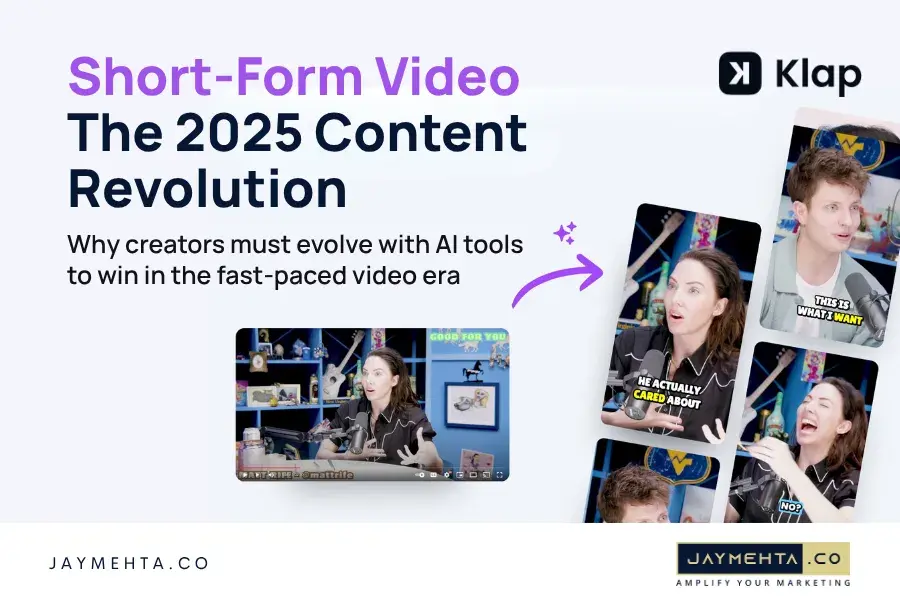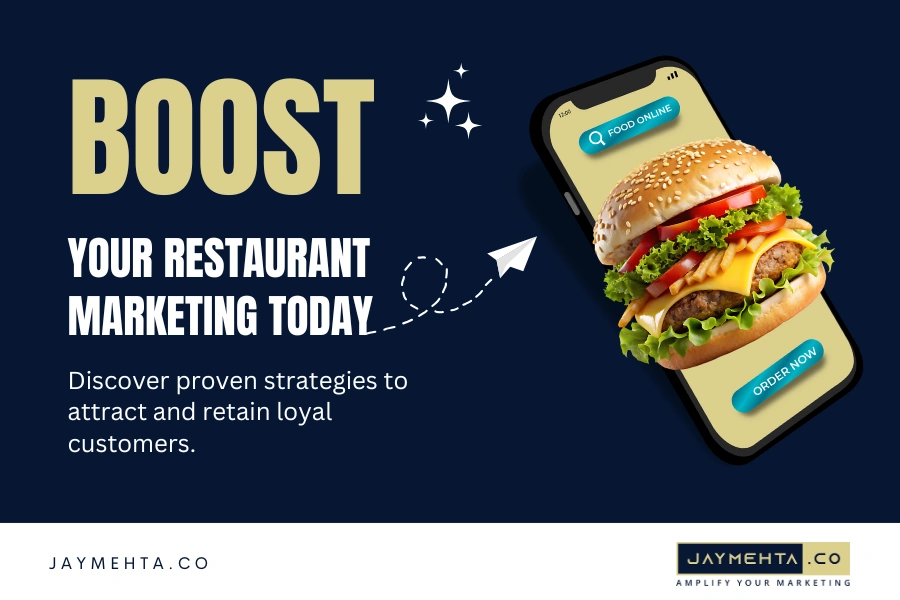As we step into 2025, businesses must be strategic about how they allocate their marketing budgets to maximize return on investment (ROI) and ensure long-term success. The landscape of digital marketing is rapidly evolving, with new trends and technologies shaping how brands connect with consumers.
This blog will provide insights into effective marketing budget allocation strategies, focusing on trends in digital marketing spending, the importance of data-driven decisions, and emerging channels that businesses should consider investing in.
Trends in Digital Marketing Spending for 2025
Understanding the current trends in digital marketing spending is crucial for making informed budget allocation decisions. Here are some key trends to watch for in 2025:
-
Increased Investment in Digital Channels
- As more consumers shift to online shopping and digital interactions, businesses are allocating a larger portion of their budgets to digital marketing channels. According to recent studies, digital ad spending is expected to surpass traditional media spending significantly.
- Brands are focusing on platforms like social media, search engines, and email marketing to reach their target audiences effectively.
-
Focus on Video Content

- Video marketing continues to dominate as one of the most engaging forms of content. With platforms like TikTok and Instagram Reels gaining popularity, businesses are investing heavily in video production and advertising.
- In 2025, brands will prioritize creating high-quality video content that resonates with their audiences and drives engagement.
-
Personalization and Customer Experience
- Consumers expect personalized experiences tailored to their preferences. Businesses are increasingly investing in technologies that enable them to deliver personalized content and recommendations.
- Marketing budgets will reflect this shift toward enhancing customer experience through targeted messaging and tailored offers.
-
Influencer Marketing Growth
- Influencer marketing continues to rise as brands recognize the power of social proof and authentic endorsements. Companies are allocating more funds to collaborate with influencers who align with their brand values.
- In 2025, expect a focus on long-term partnerships with influencers rather than one-off campaigns to build authenticity and trust.
Related Blog: How Much Money Do Influencers Make in 2025?
Data-Driven Marketing Decisions

In an era where data reigns supreme, making data-driven marketing decisions is essential for optimizing budget allocation:
-
Utilizing Analytics Tools
- Businesses should invest in analytics tools that provide insights into customer behavior, campaign performance, and ROI measurement. Platforms like Google Analytics, HubSpot, and social media analytics tools can help track key metrics.
- By analyzing data, marketers can identify which channels yield the best results and adjust their budgets accordingly.
-
A/B Testing for Optimization
- A/B testing allows businesses to experiment with different marketing strategies and determine which performs better. By testing various ad creatives, landing pages, or email subject lines, marketers can make informed decisions based on real-time data.
- This iterative approach ensures that budgets are allocated toward strategies that deliver the highest engagement and conversion rates.
-
Customer Segmentation
- Segmenting customers based on demographics, behavior, or preferences enables businesses to tailor their marketing efforts effectively. By understanding different customer segments, brands can allocate budgets more strategically.
- For example, targeting high-value customers with personalized offers may yield better returns than generic campaigns aimed at a broader audience.
Read also: Learn how retailers invest their budget in marketing strategies
Emerging Marketing Channels to Invest In

As we look ahead to 2025, several emerging marketing channels present exciting opportunities for businesses:
-
Voice Search Optimization
- With the rise of smart speakers and voice assistants like Amazon Alexa and Google Assistant, optimizing for voice search is becoming increasingly important. Businesses should allocate resources toward creating voice-friendly content that answers common questions.
- This includes focusing on conversational keywords and optimizing local SEO strategies to capture voice searches effectively.
-
Augmented Reality (AR) Experiences
- AR technology is gaining traction as a powerful tool for enhancing customer engagement. Brands can create immersive experiences that allow customers to visualize products in real-world settings before making a purchase.
- Investing in AR capabilities can differentiate brands from competitors while providing unique shopping experiences.
-
Social Commerce
- Social media platforms are evolving into shopping destinations, allowing users to browse and purchase products without leaving the app. Brands should allocate budgets toward social commerce initiatives by creating shoppable posts on platforms like Instagram and Facebook.
- This trend blurs the lines between social media engagement and e-commerce, offering a seamless shopping experience.
-
Sustainability-Focused Marketing
- As consumers become more environmentally conscious, brands that prioritize sustainability will resonate better with audiences. Allocating funds toward sustainable practices and transparent messaging about eco-friendly initiatives can enhance brand loyalty.
- Highlighting sustainability efforts in marketing campaigns can attract consumers who value ethical practices.
ROI Measurement for Marketing Expenditures
To ensure effective budget allocation, businesses must measure the ROI of their marketing expenditures accurately:
-
Setting Clear KPIs
- Establishing key performance indicators (KPIs) allows businesses to evaluate the effectiveness of their marketing efforts systematically. Common KPIs include conversion rates, customer acquisition costs (CAC), lifetime value (LTV), and return on advertising spend (ROAS).
- By tracking these metrics consistently, marketers can identify which strategies yield the best returns.
-
Attribution Modeling
- Attribution modeling helps businesses understand how different marketing channels contribute to conversions along the customer journey. Multi-touch attribution models provide insights into how various touchpoints influence purchasing decisions.
- By understanding attribution better, marketers can allocate budgets more effectively across channels based on their impact on conversions.
-
Continuous Improvement
- Regularly reviewing campaign performance allows businesses to make data-driven adjustments to their budgets continuously. If certain channels underperform or exceed expectations, reallocating funds accordingly ensures optimal resource utilization.
Read also: Methods for Evaluating Performance in Offline Marketing
Importance of Content Marketing in Budgets
Content marketing remains a cornerstone of successful digital strategies:
-
Building Brand Authority
- Investing in high-quality content establishes brands as authorities within their industries. Providing valuable information through blog posts, whitepapers, or videos helps build trust among consumers.
- Brands that prioritize content marketing often see improved organic search rankings and increased website traffic.
-
Long-Term Engagement
- Unlike traditional advertising methods that may yield short-term results, content marketing fosters long-term relationships with customers through ongoing engagement.
- Allocating budget resources toward content creation ensures that brands remain relevant while nurturing leads throughout their buyer’s journey.
-
SEO Benefits
- Quality content optimized for search engines enhances visibility online—this leads directly towards increased traffic potential over time! Investing in SEO-friendly content ensures higher rankings within search engine results pages (SERPs).
Social Media Advertising Trends

Social media continues to be an essential channel for reaching target audiences:
-
Paid Social Advertising Growth
- Businesses are increasingly allocating budgets toward paid social advertising largely because organic reach has declined across many platforms due algorithm changes made recently!
- Platforms like Facebook Ads Manager allow granular targeting options ensuring ads reach specific demographics effectively increasing conversion potential significantly!
-
Story-Driven Campaigns
- Brands leveraging storytelling techniques within ads tend resonate strongly with audiences driving higher engagement levels compared to static formats typically used previously!
-
User-Generated Content (UGC)
- Encouraging customers to share photos/videos using products creates authentic connections fostering a community around the brand while providing additional promotional material at little cost!
Influencer Marketing Budget Considerations
Influencer marketing has become a vital component of many brands’ strategies:
-
Choosing the Right Influencers
- Selecting influencers whose values align closely with those held by your brand is crucial! Allocate funds towards building relationships long-term partnerships rather than one-off collaborations yielding better results overall!
-
Micro vs Macro Influencers
- Consider working with micro-influencers who often have higher engagement rates despite smaller followings! Their authenticity resonates well among niche audiences leading towards increased trust loyalty!
-
Measuring Influencer Impact
- Tracking influencer campaigns’ performance through unique discount codes or affiliate links helps evaluate effectiveness accurately ensuring optimal resource allocation future endeavors!
Email Marketing Investment Strategies
Email remains one of the most effective channels for nurturing leads driving conversions:
-
Segmentation Strategies
- Allocating resources towards segmenting email lists based upon demographics behaviors allows targeted messaging resulting in higher open click-through rates!
-
Personalization Techniques
- Personalizing emails based upon previous interactions enhances relevance improving overall engagement levels significantly leading towards increased sales conversions!
-
Automated Campaigns
- Investing time effort into setting up automated workflows ensures timely communication without manual intervention freeing marketers focus on strategic initiatives instead!
Adapting To Consumer Behavior Changes

As consumer behavior evolves rapidly adapting accordingly is essential:
-
Staying Informed About Trends
- Regularly monitoring industry trends and consumer preferences allows businesses to pivot quickly ensuring relevance maintained throughout shifting landscapes encountered consistently over time!
-
Feedback Mechanisms Implemented
- Establishing feedback mechanisms enables customers provide insights regarding experiences encountered during interactions fostering continuous improvement efforts undertaken collaboratively together moving forward continuously striving excellence.
-
Flexibility Within Budgets Allocated
- Ensuring flexibility within allocated budgets allows rapid response changes market conditions ensuring optimal resource utilization maximizing returns achieved consistently over time!
Conclusion
As we prepare for 2025’s marketing landscape ahead, strategic planning regarding budget allocations will play pivotal roles in determining success achieved! By focusing investments on emerging channels while prioritizing data-driven decision-making—businesses position themselves favorably navigating complexities modern marketplaces encountered daily.
At Jay Mehta Digital, we specialize in helping brands allocate their marketing budgets effectively while maximizing ROI through innovative strategies tailored specifically for your business needs! Let us guide you towards achieving marketing excellence in 2025!
FAQs
What are some key trends in digital marketing spending for 2025?
Key trends include increased investment in video content, personalization efforts, influencer collaborations, and social commerce initiatives.
How can I measure ROI from my marketing expenditures?
Set clear KPIs, use attribution modeling tools, and regularly analyze campaign performance metrics to measure ROI effectively.
Why is content marketing important for budget allocation?
Content marketing builds brand authority and fosters long-term engagement with customers while driving organic traffic.
What emerging channels should I consider investing in for 2025?
Emerging channels include voice search optimization, augmented reality experiences, and sustainability-focused marketing campaigns.
How can I adapt my budget based on consumer behavior changes?
Stay informed about market trends and consumer preferences; allocate resources flexibly to respond quickly to shifts in behavior.











